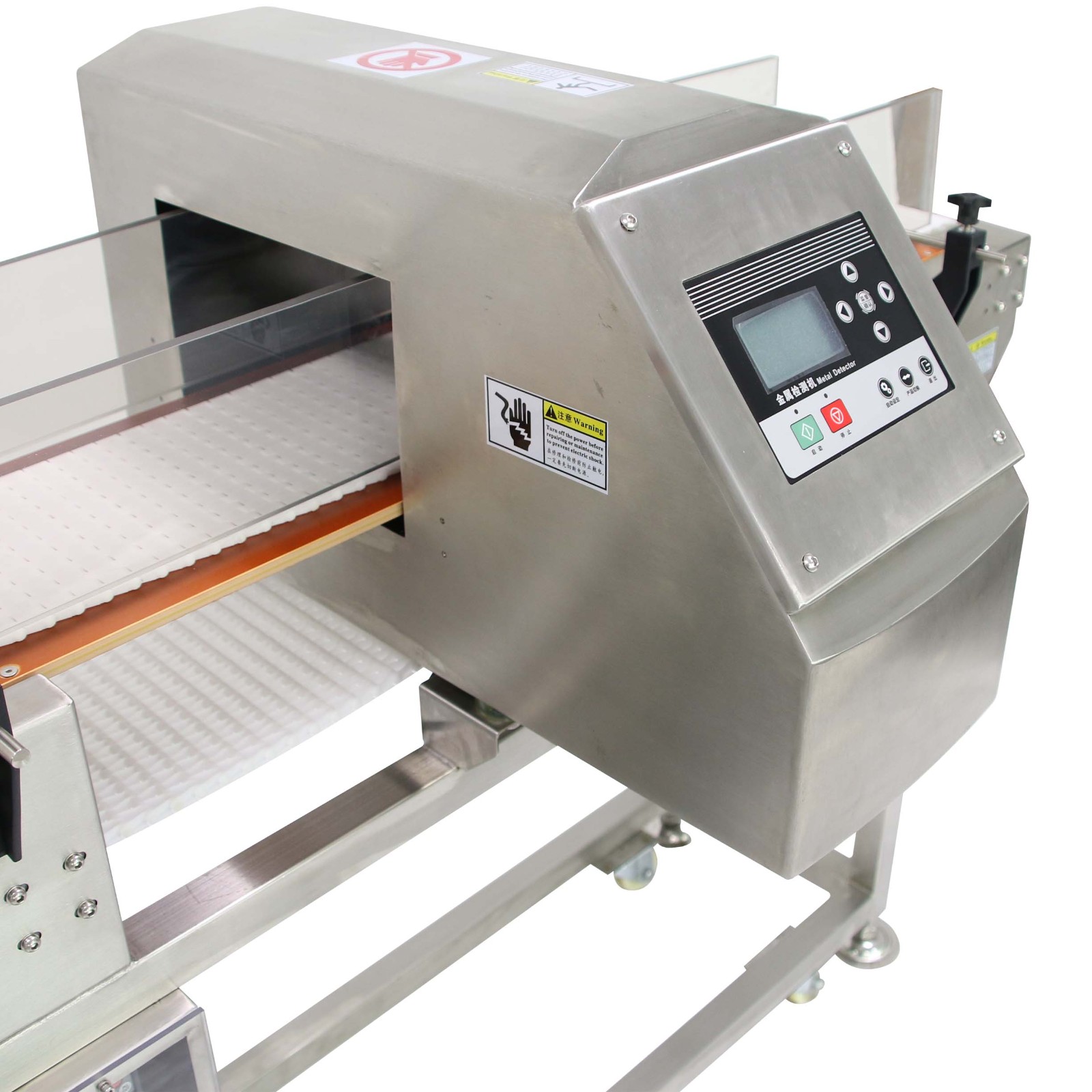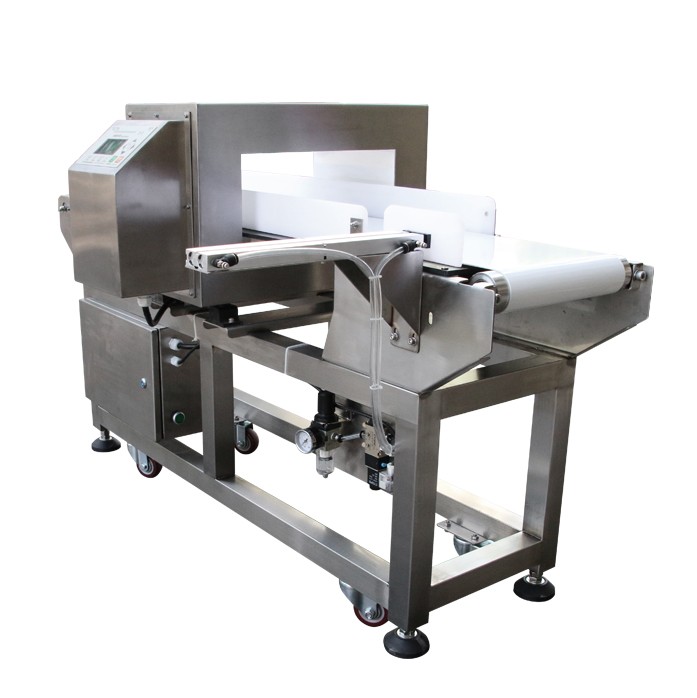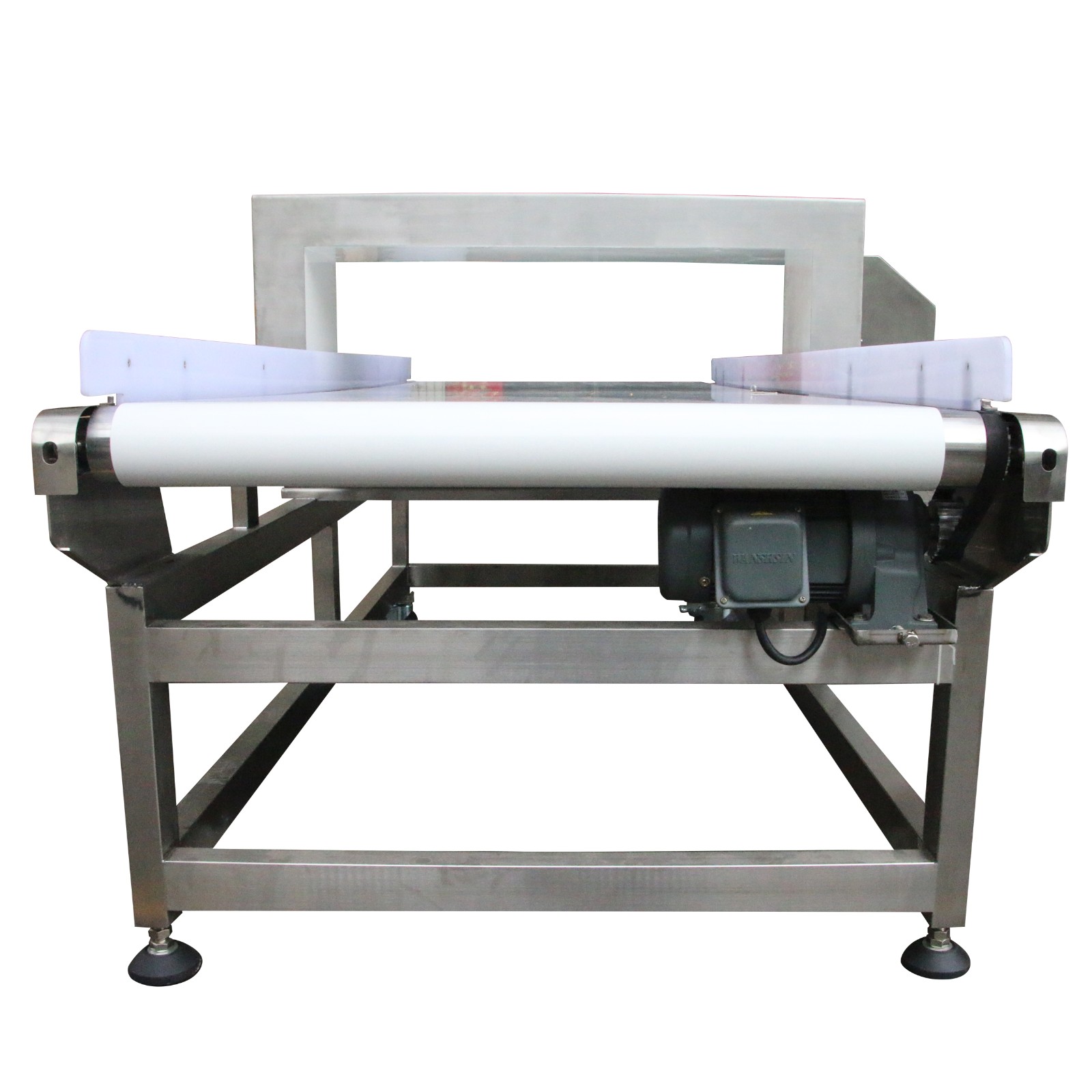metal detection in food packaging
We are a leading provider of belt conveyor metal detection systems for food packaging.
We have developed a system that uses high-frequency ultrasonic sensors to detect metal objects in your conveyor system. The sensors send the data to a computer, which activates an alarm if an object is detected.
The system consists of two parts: 1) the sensors and 2) the computer that reads and processes their data.
The sensors we use are reliable and durable, so you don't have to worry about them breaking down or becoming obsolete any time soon. We also offer maintenance contracts to ensure that your equipment is always in good working order.
Belt conveyor metal detection
Belt conveyor metal detection is a critical aspect of food packaging for any company that is concerned about the safety of their products. It is important to be able to detect any metal objects in your packaging process, because these could potentially be dangerous to consumers.
Our belt conveyor metal detectors are designed to detect these objects at all stages of the process, so you can ensure your product is safe and secure before shipping it out.
Metal detection system
Metal detection system is a kind of security equipment, which can detect the metal content in the product. It is widely used in food packaging, paper industry and other industries. The metal detection system consists of infrared sensor, conveyor belt and processor. The infrared sensor is usually made of high quality aluminum alloy material and has superior heat resistance performance, strong corrosion resistance and good flexibility, so it is widely used in metal detection system.
The metal detection system mainly uses the principle of reflection to determine whether there are metal objects in the product. When the object moves on the conveyor belt, it will reflect light from an infrared sensor, which will then be transmitted to a processor for further analysis. In order to get accurate results, it is necessary to choose a high-quality infrared sensor with good sensitivity and stability.
# Enhancing Food Packaging Integrity with Belt Conveyor Metal Detection Systems
In the dynamic landscape of the food packaging industry, ensuring the integrity and safety of packaged products is a top priority. The incorporation of advanced technologies, such as belt conveyor metal detection systems, plays a pivotal role in achieving this objective. This comprehensive exploration delves into the intricate details of belt conveyor metal detection in food packaging, elucidating its significance, operational mechanisms, technological specifications, and the multifaceted benefits it offers to manufacturers and consumers alike.
## I. Introduction
### A. The Imperative for Enhanced Food Safety
The food packaging industry operates within a regulatory framework that demands stringent adherence to safety standards. Contaminants, particularly metallic particles, pose a significant threat to both the quality of packaged products and consumer well-being. Belt conveyor metal detection systems emerge as a proactive solution to mitigate these risks, providing a robust line of defense against unwanted contaminants.
### B. Evolution of Metal Detection in Food Packaging
Traditionally, manual inspection and rudimentary metal detectors were employed to identify metal contaminants in packaged foods. However, with the evolution of technology, belt conveyor metal detection systems have emerged as a sophisticated and highly effective means of ensuring the safety and quality of food products during the packaging process.
## II. Operational Mechanism of Belt Conveyor Metal Detection Systems
### A. Integration into Packaging Lines
Belt conveyor metal detection systems are seamlessly integrated into existing packaging lines, becoming an intrinsic component of the production process. The strategic placement of these systems on conveyor belts facilitates real-time detection and rejection of metallic contaminants, preventing their inclusion in the final packaged products.
### B. Detection Principle
The fundamental principle behind belt conveyor metal detection involves the emission of electromagnetic waves by the metal detection system. These waves interact with the passing packaged products on the conveyor belt. If metallic contaminants are present, they disrupt the electromagnetic field, triggering an immediate detection response.
### C. Automatic Rejection Systems
Upon detection of a metallic contaminant, modern belt conveyor metal detection systems are equipped with automatic rejection systems. These systems swiftly and precisely eliminate the affected product from the production line, ensuring that only uncontaminated items proceed to the packaging stage.
## III. Technological Specifications
### A. Full Range of Aperture Sizes
Belt conveyor metal detection systems boast a diverse range of aperture sizes, accommodating various product dimensions and packaging configurations. This adaptability ensures comprehensive coverage, regardless of the packaging specifications.
### B. Auto Parameter Setting
Intelligent product learning capabilities empower these systems to automatically set parameters based on the specific characteristics of the packaged products. This self-learning functionality enhances the accuracy and efficiency of metal detection across different items.
### C. Multi-Filtering Algorithm
To enhance interference resistance, belt conveyor metal detection systems incorporate multi-filtering algorithms. This advanced feature minimizes the impact of external factors, ensuring reliable and consistent metal detection results.
### D. Password-Protected Access
Security is a paramount consideration in food packaging. Belt conveyor metal detection systems prioritize security through password-protected access, preventing unauthorized adjustments to critical settings and maintaining the integrity of the detection process.
### E. Multiple Product Memories
The ability to store and recall multiple product parameters facilitates rapid changeovers between different items on the production line. This flexibility streamlines the operational efficiency of food packaging processes.
### F. Comprehensive Metal Detection
Belt conveyor systems excel in detecting various types of metal, including ferrous metals (iron), non-ferrous metals (aluminum, copper), and stainless steel. This broad-spectrum detection capability ensures a thorough screening process.
### G. Optional Rejection Modes
Manufacturers can customize belt conveyor metal detection systems based on their specific requirements. Optional rejection modes, such as pneumatic pushers, flippers, drop belts, and belt retractions, provide tailored solutions for diverse production environments.
### H. Modular Design for Easy Maintenance
The modular design of these systems facilitates quick replacement and straightforward maintenance. This ensures minimal downtime and contributes to the long-term reliability of belt conveyor metal detection equipment.
### I. Output Safety Cover
To enhance operational safety, optional output safety covers with gate-open sensors can be integrated. These sensors halt the machine when the cover is open, preventing accidental contact and ensuring a secure operating environment.
### J. Frame Construction
The frame of belt conveyor metal detection systems is typically constructed from high-quality materials such as SUS304 stainless steel. This choice of materials, coupled with precision CNC tooling, ensures durability and longevity, even in demanding industrial settings.
## IV. Applications in the Food Packaging Industry
### A. Snacks
Belt conveyor metal detection systems are indispensable in the packaging of snacks, where precision and reliability are paramount. These systems identify and eliminate metallic contaminants, safeguarding the quality and safety of snack products.
### B. Confections
The confectionery industry benefits from the precision of belt conveyor metal detection. Detecting and rejecting metal contaminants in confectionery items prevents quality degradation and maintains consumer trust.
### C. Packaged Proteins
In the packaging of proteins, including meat and poultry products, belt conveyor metal detection systems play a crucial role in ensuring that the final packaged items are free from metal contaminants.
### D. Frozen Foods
The frozen food sector relies on the accuracy of metal detection systems to identify and eliminate metal particles in frozen products. This is essential for preserving the quality and safety of frozen food items.
### E. Bakery Products
Bakery products, ranging from bread to pastries, undergo thorough screening with belt conveyor metal detection systems. These systems contribute to the assurance of metal-free bakery goods.
### F. Adherence to HACCP Standards
The Hazard Analysis Critical Control Points (HACCP) framework is a fundamental aspect of




